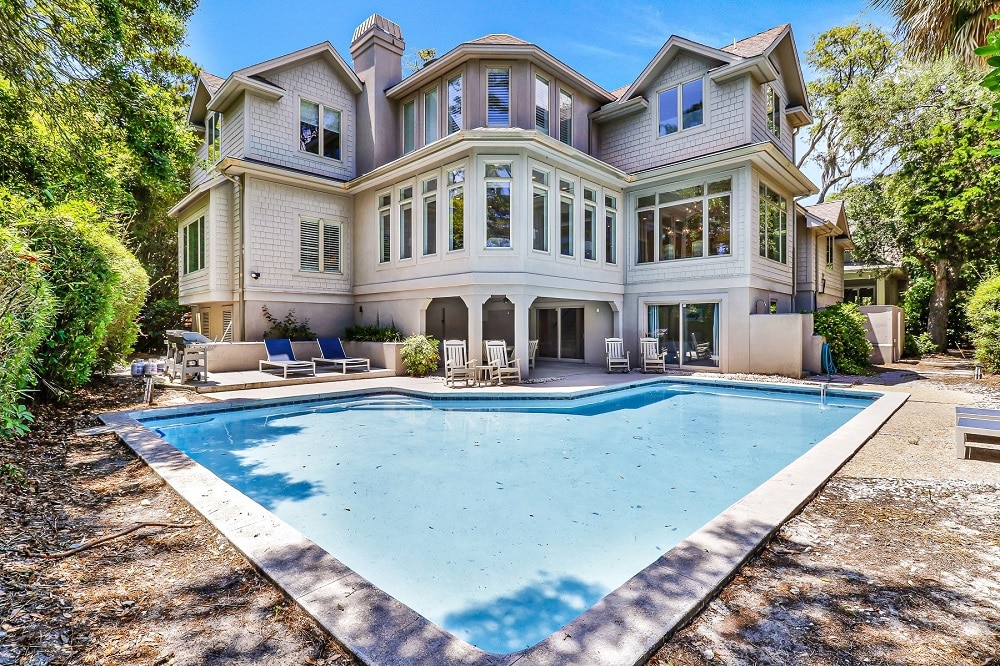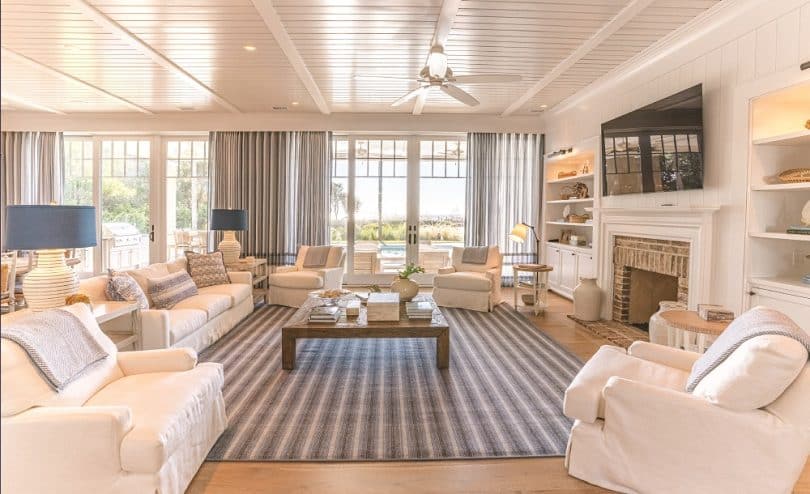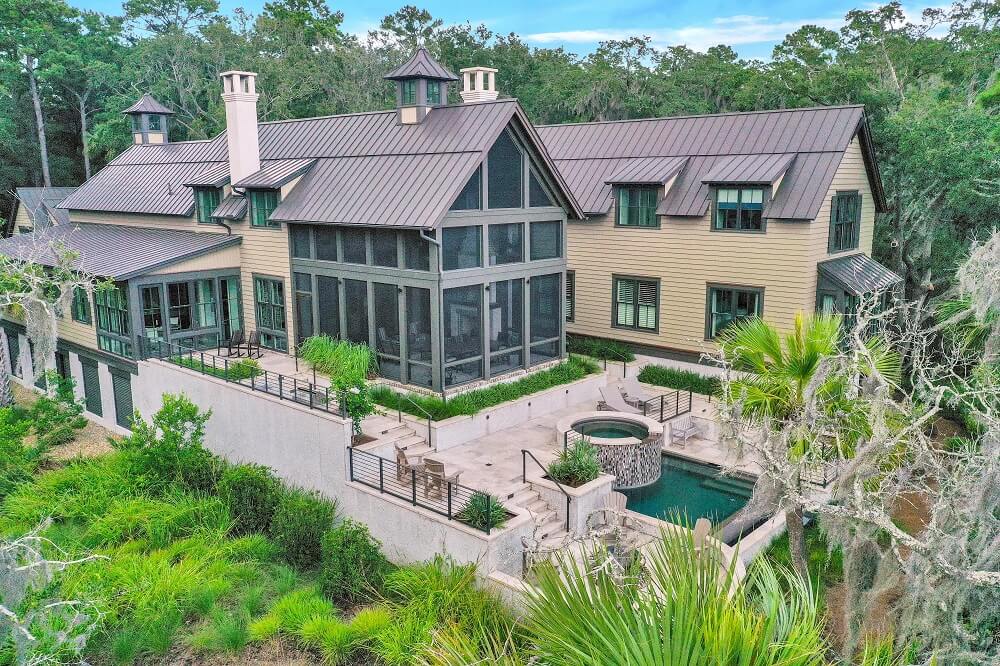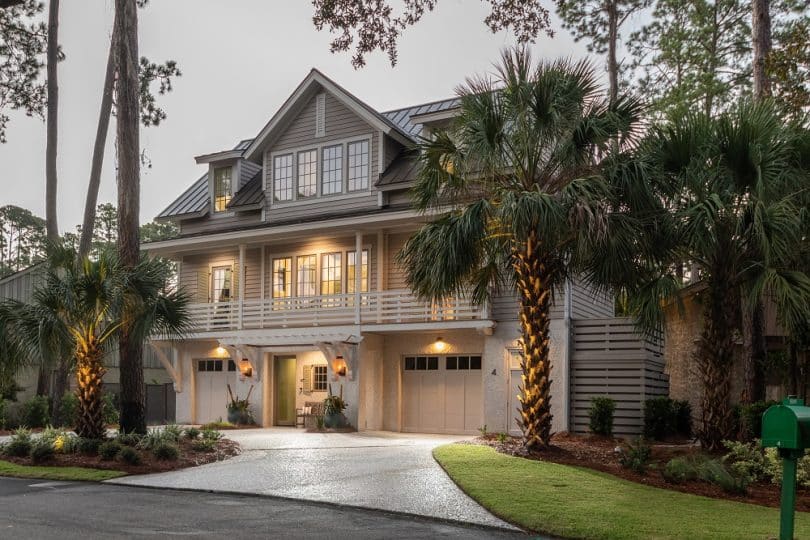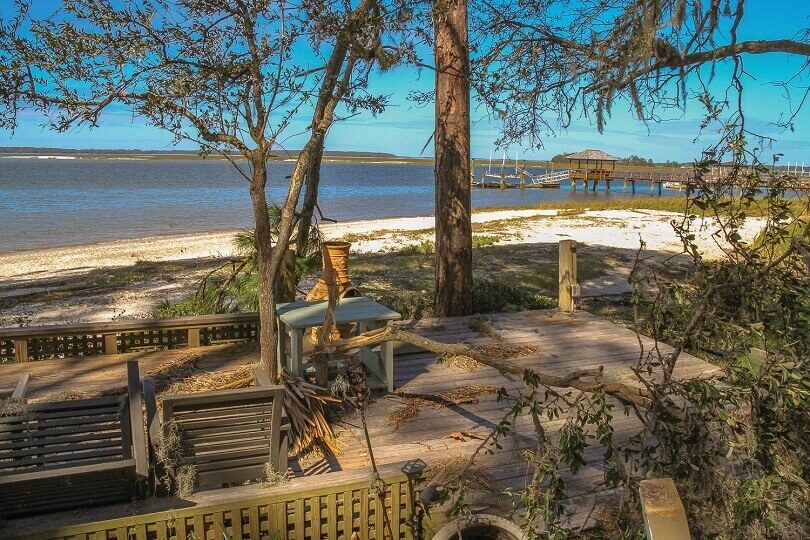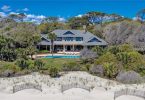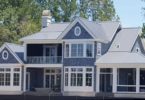WHEN AN ISLAND FOUNDED ON PROTECTING TREES IS HIT BY A HURRICANE, HOW DO YOU KNOW WHICH TREES TO SAVE?
It’s as much as part of Hilton Head Island lore as our famed golf courses or our wide, sandy beaches: our seemingly endless forests stretching from the north end into The Sea Pines Forest Preserve.
In fact, it was here that this devotion to protecting trees began. Charles Fraser, who had ironically been sent to this tiny little coastal island to survey it for its logging potential, founded Sea Pines with an almost fanatical devotion to preserving trees.
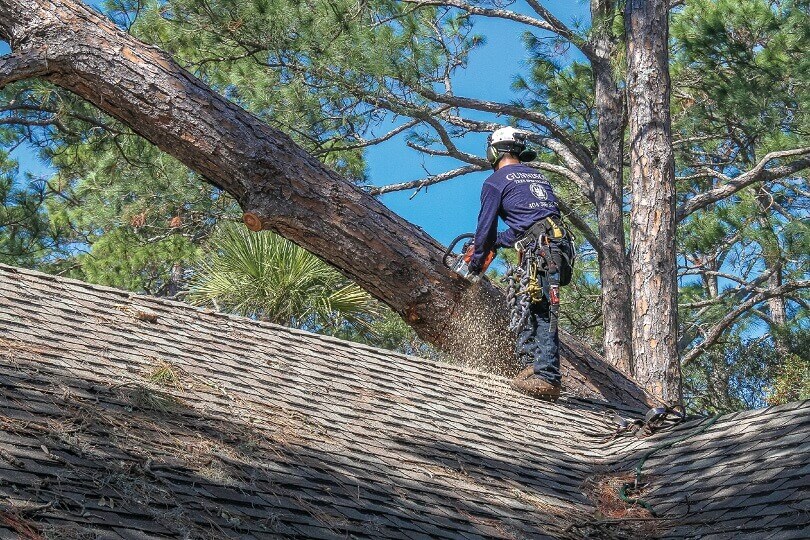
When he carved out Harbour Town, building his vision of a sleepy coastal Mediterranean fishing village, he moved the entire design around to accommodate the now-famed Liberty Oak. What cost him valuable real estate in dock slips wound up creating an enduring symbol of the resort. Not content with just saving one tree, Fraser set aside 606 acres right in the heart of his new resort community as The Sea Pines Forest Preserve and established a strict set of guidelines for homeowners on what trees they could and could not remove.
These guidelines influenced every community that followed Sea Pines in the Lowcountry, not to mention ordinances in both Hilton Head Island and Bluffton protecting trees from wanton clearcutting. Our area’s commitment to trees has helped keep some semblance of the island’s rustic natural charm, even if it does make getting around at night a bit of a challenge.
But when Hurricane Matthew came along on October 8, 2016, uprooting trees by the thousands and scattering them like pickup sticks, the importance of maintaining our trees quickly diminished next to the importance of getting fallen timbers off of damaged homes and battered streets.
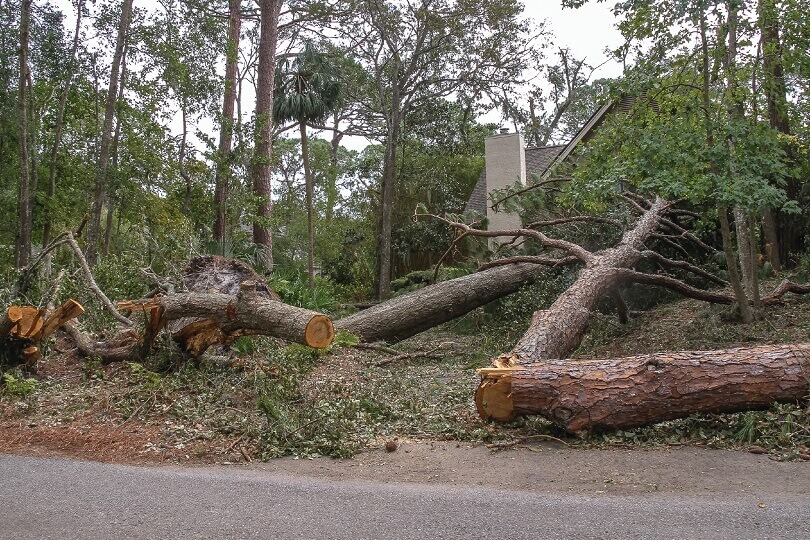
In Sea Pines, where Hilton Head Island’s strict rules about trees were born, the standard policies were immediately suspended. From the time of the storm until Dec. 1, residents were free to remove trees that had been damaged, downed, destroyed or were leaning at a 30-degree angle or more due to the storm without an application or a fee.
Once that window passed, policy returned to Sea Pines standards: a $45 application fee followed by approval from the Architectural Review Board and then either a further $50 per tree payment to the ARB tree fund or replanting of an 8’ to 10’ tall tree on site.
While the details vary, the window of time was the same in private communities across the island and on the mainland: once that time limit was up, it was back to strictly enforced rules regarding trees.
However, a few people did take advantage of the two-month ordinance suspension to remove unwanted trees. Anecdotal reports from across the island had homeowners cutting down perfectly healthy trees that had survived the storm but would have been impossible to remove with the tree ordinances in place. The Town of Hilton Head Island issued several citations with stiff fines to some area businesses during that time for removing healthy trees under cover of hurricane cleanup. Town officials quickly investigated any resorts or properties with exposed fresh stumps.
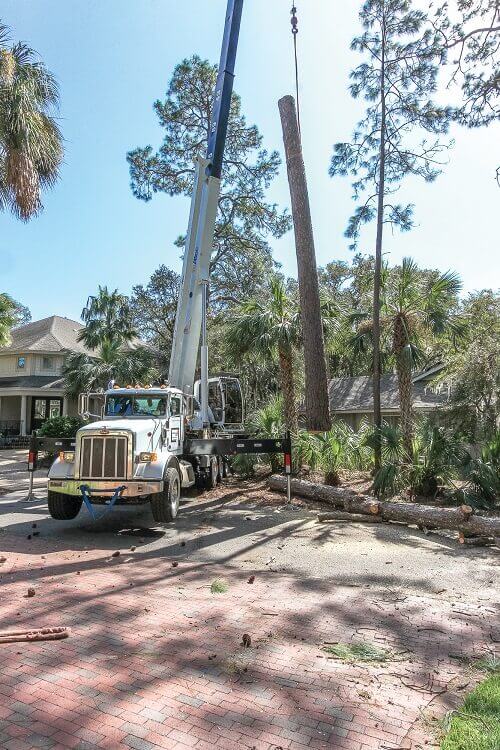
For most homeowners outside of the private gated communities, however, the enforcement was a little more relaxed. With the mind-boggling amount of legitimate debris to clean up, and lingering uncertainty about FEMA assistance on private property, most homeowners associations seemed to have adopted a fairly casual stance on tree removal.
Ed Meyerink, a resident of Heritage Lakes in Bluffton, saw quite a bit of extracurricular landscaping after Hurricane Matthew.
“In the post hurricane e-mail, Heritage Lakes was pretty non-specific, saying we could take down trees that were ‘damaged during the storm,’” said Meyerink. “Several of my neighbors took advantage of this and cleaned out their yards… There are a lot of homes in the neighborhood that have no pine trees left on their lots.”
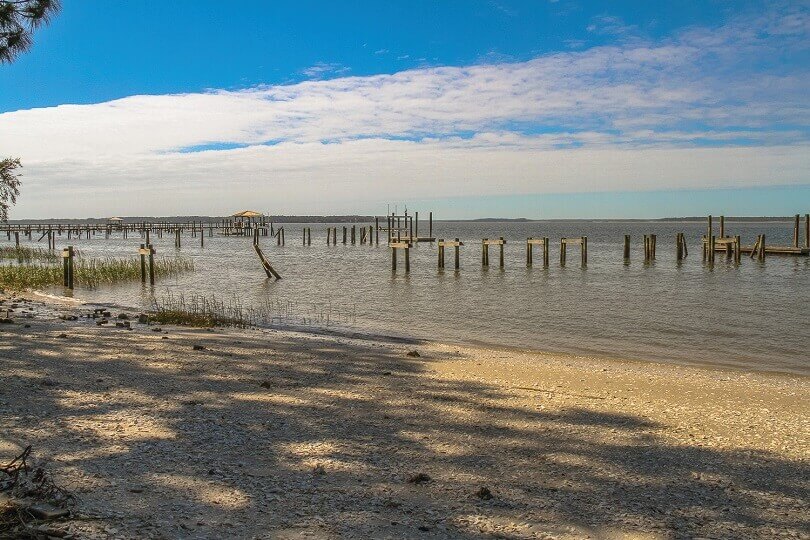
Ultimately, Hurricane Matthew was unprecedented in its devastation here in the Lowcountry. As of this writing, the Town of Hilton Head had hauled away 2,127,252 cubic yards of debris, including 5,256 trees left leaning after the storm. Where once thick forests had lined our roadways, daylight streams in among branches revealing acres of uprooted trees.
It’s easy to imagine that Charles Fraser would have been devastated by the destruction of Hilton Head’s alluring trees. More than likely, he would do what most residents have done: pick up the pieces and create a new plan to once again preserve the beauty of this lovely coastal town.

